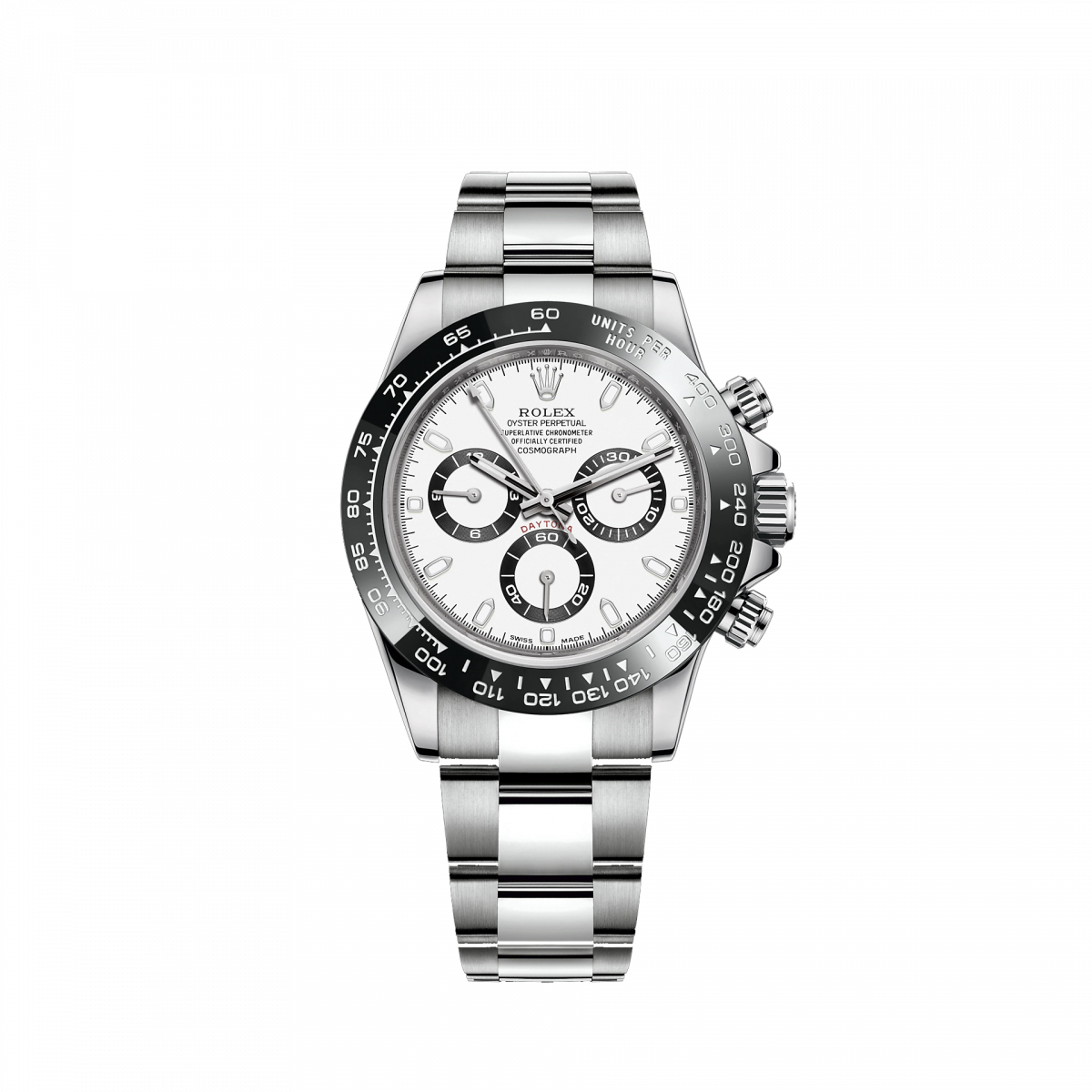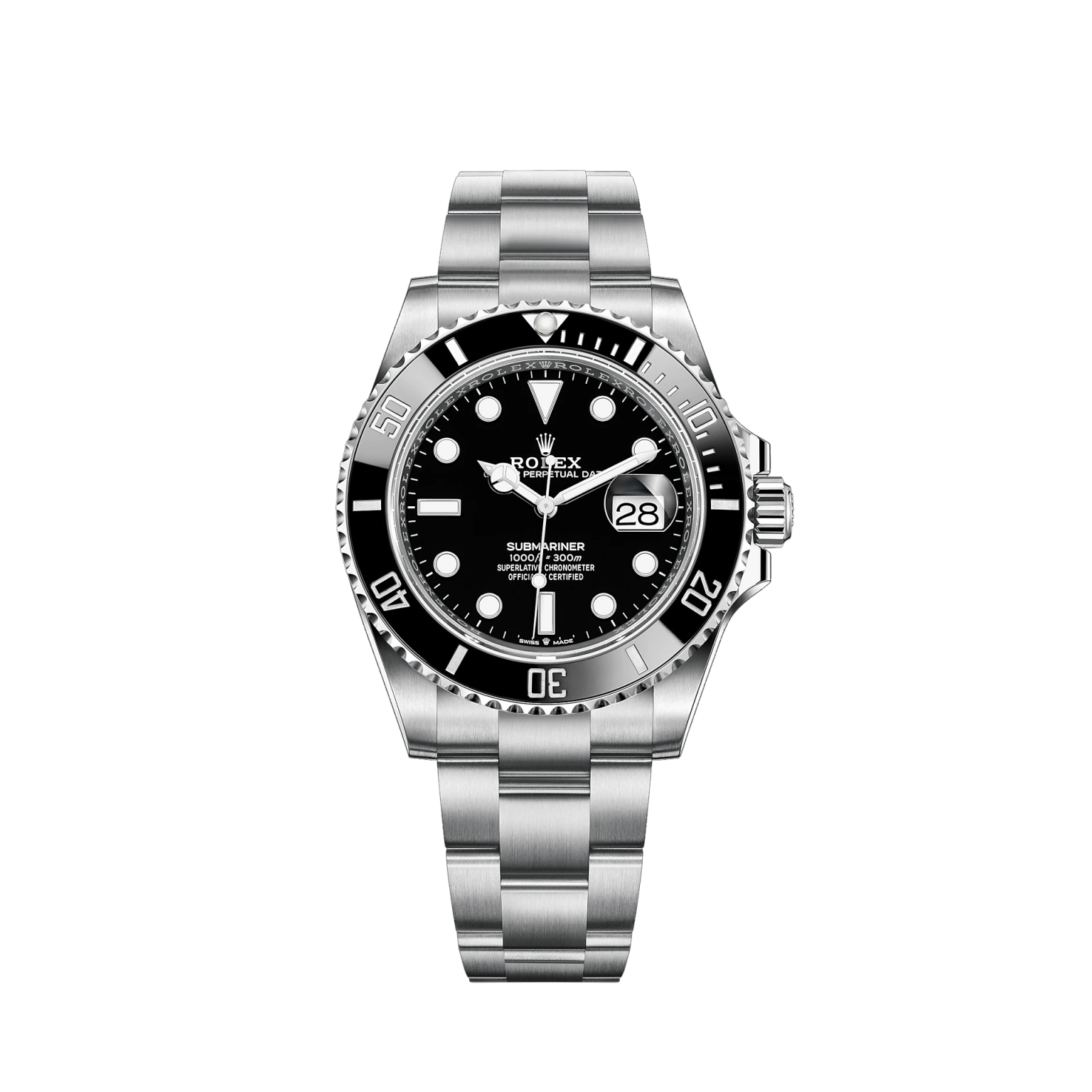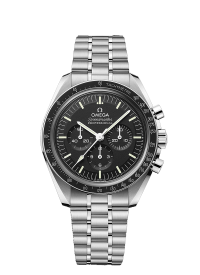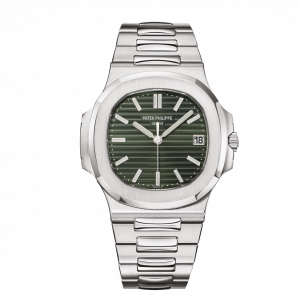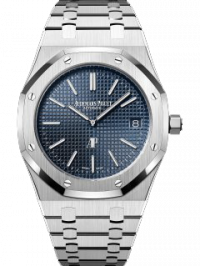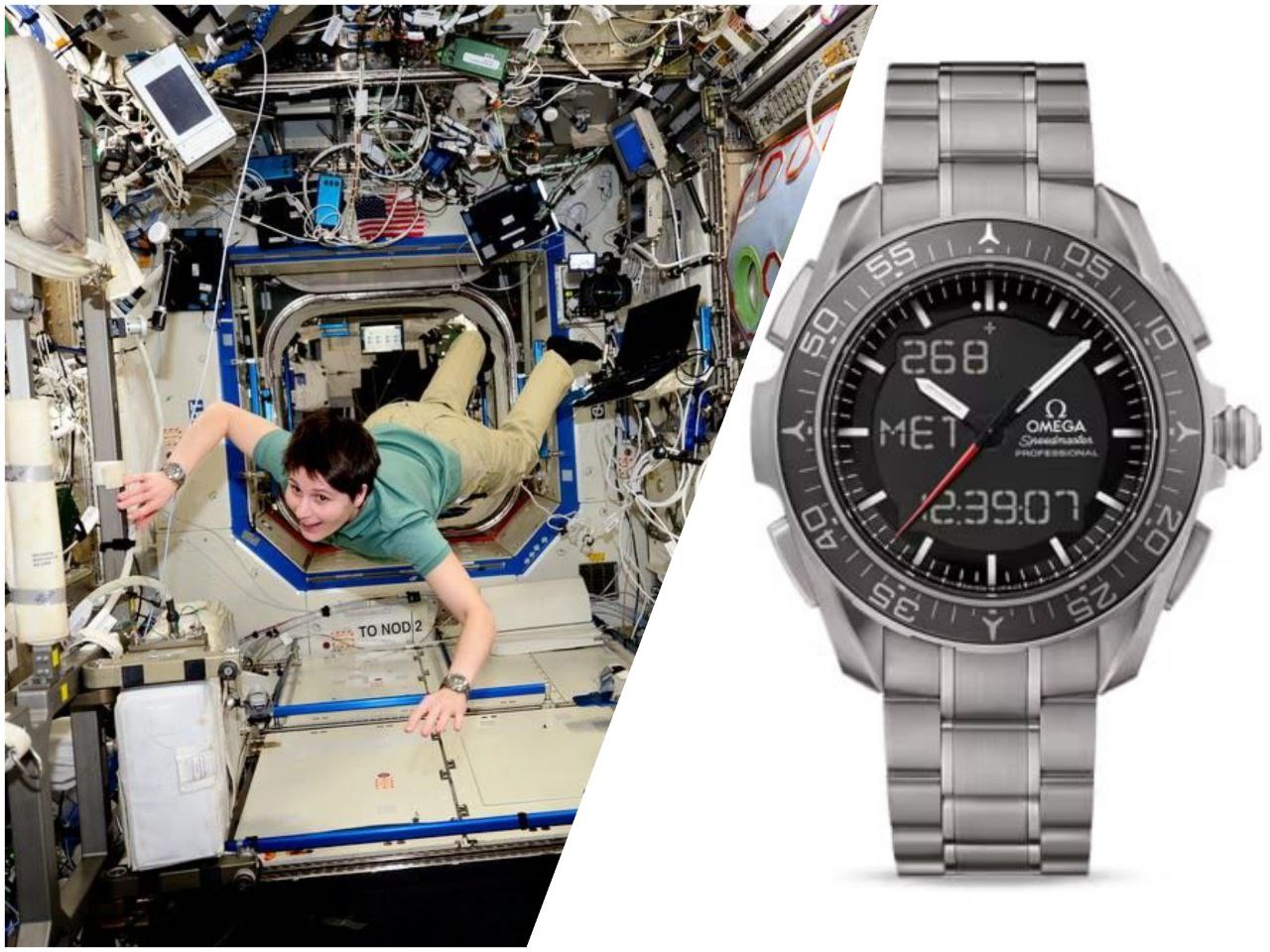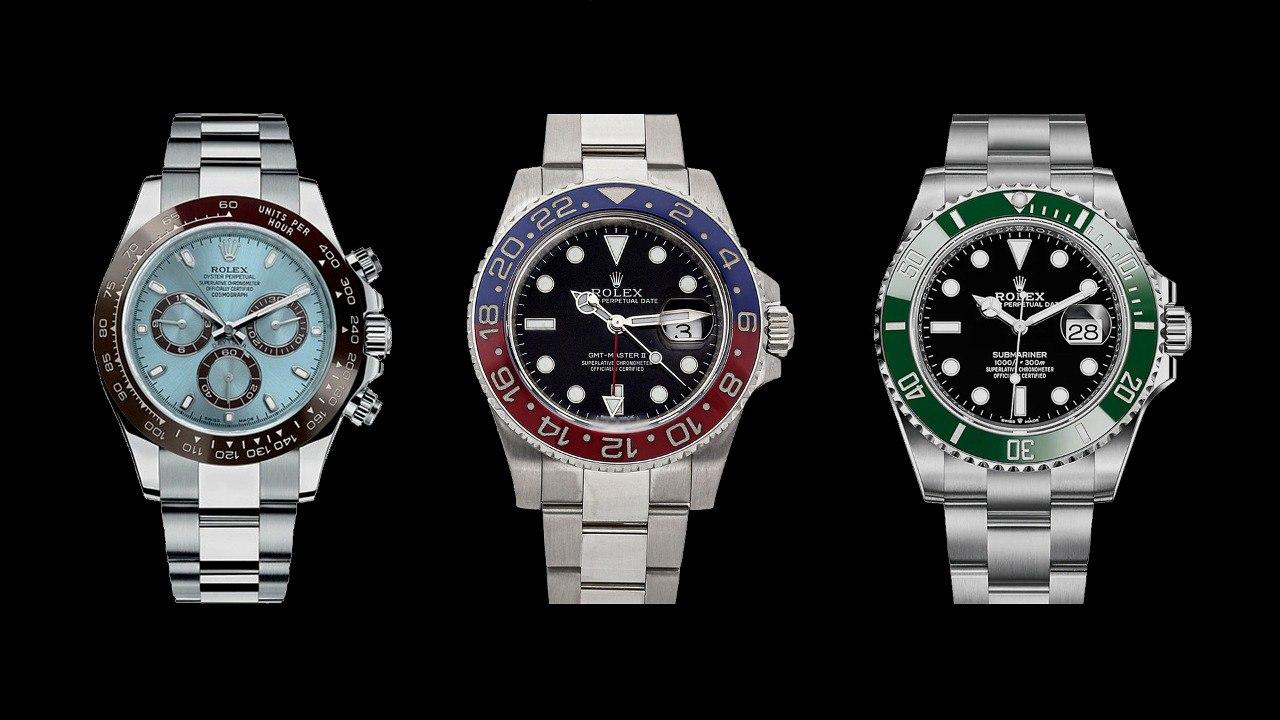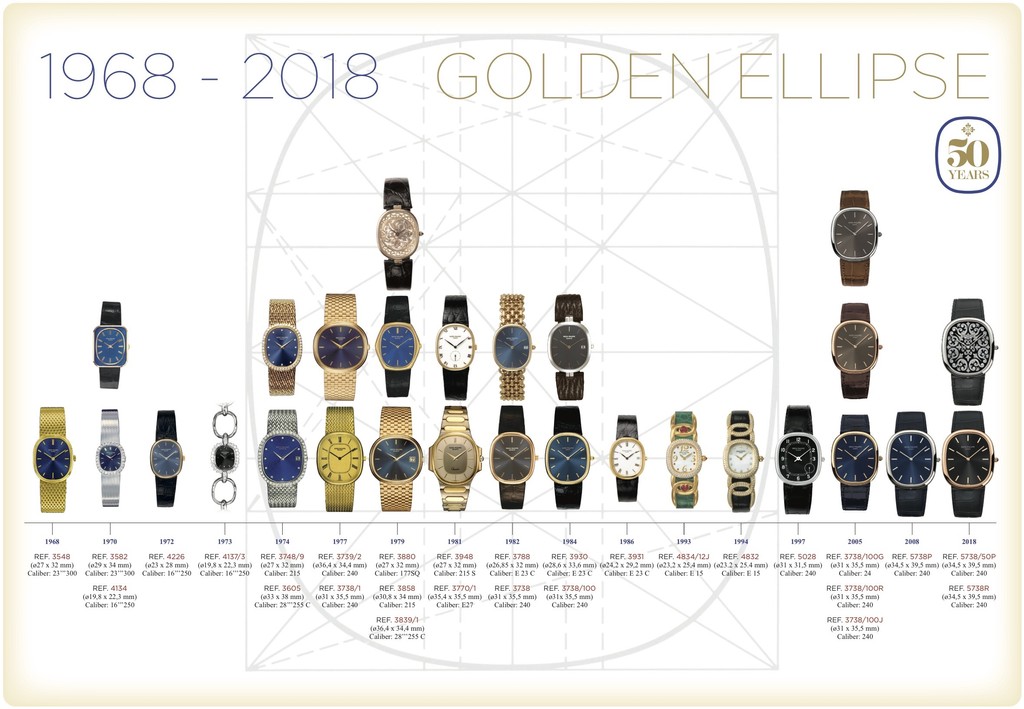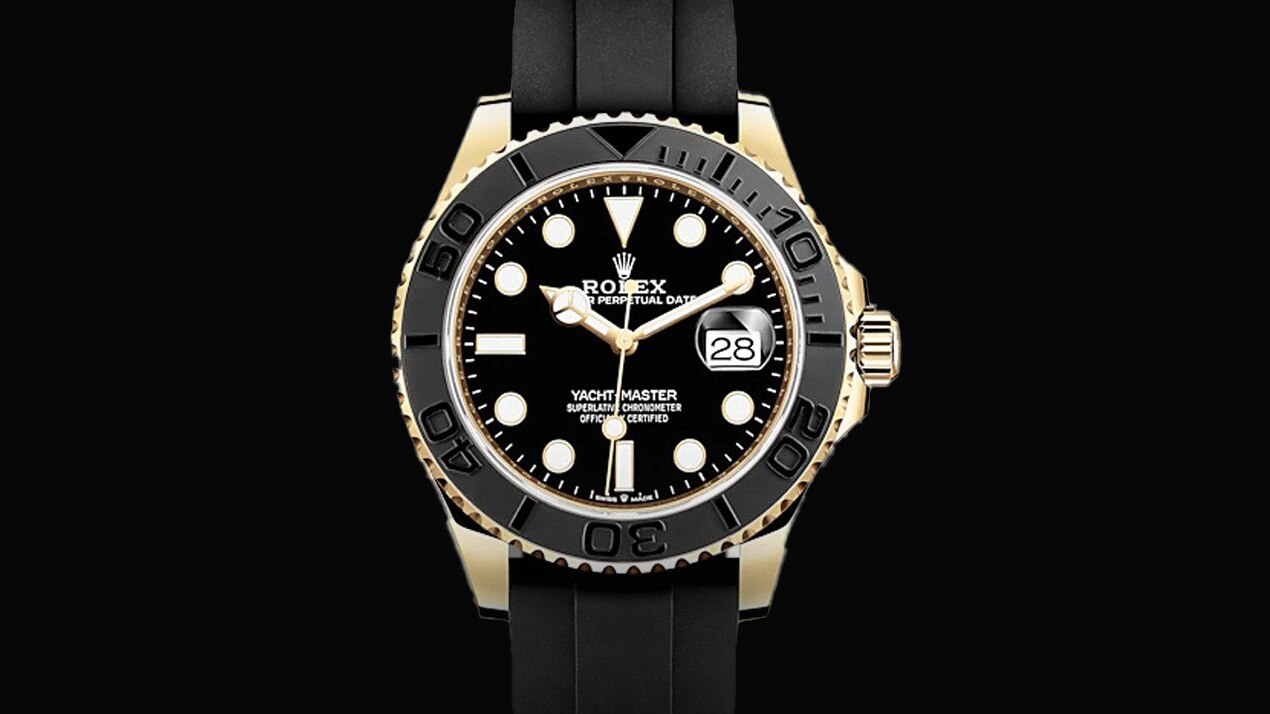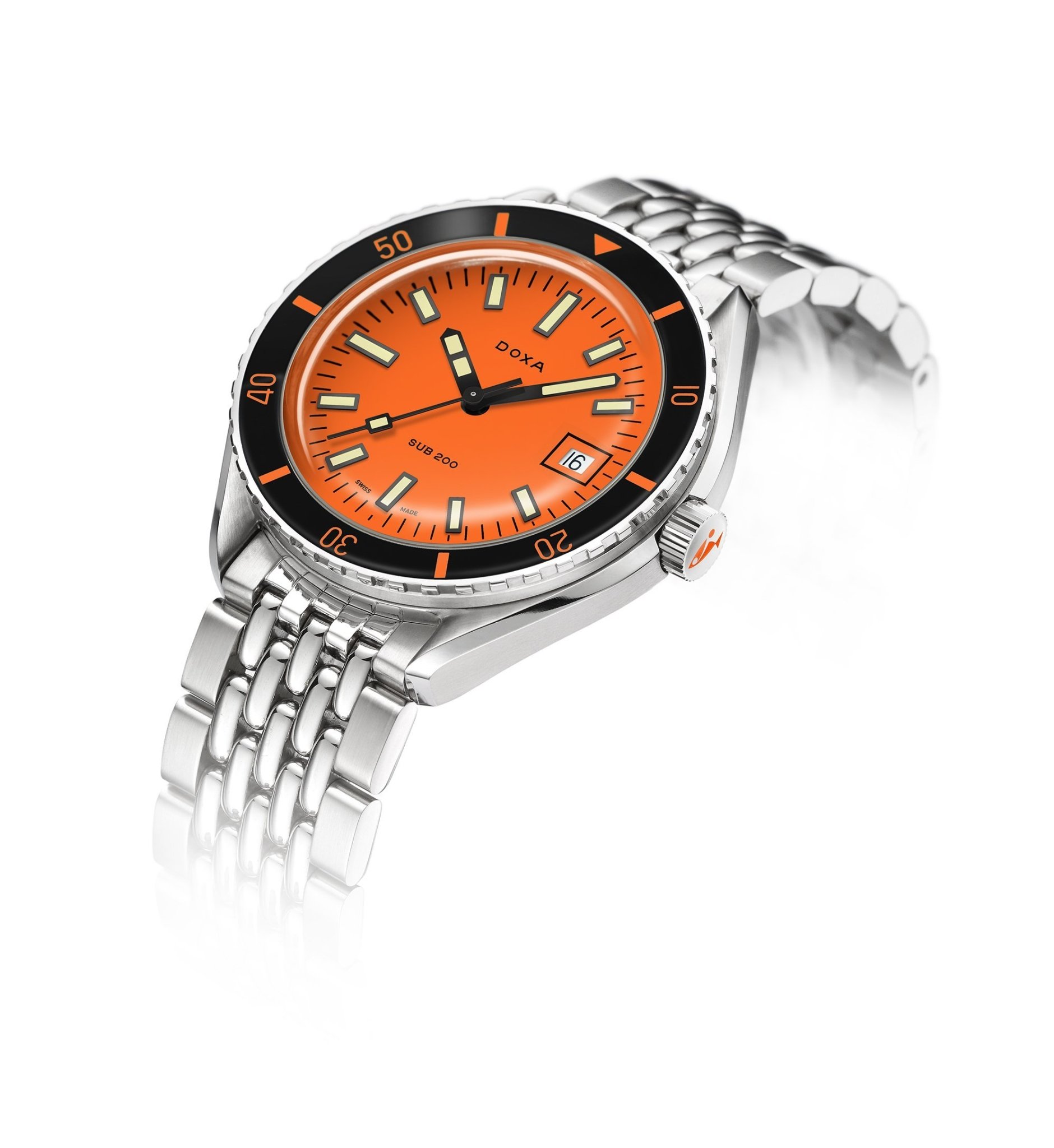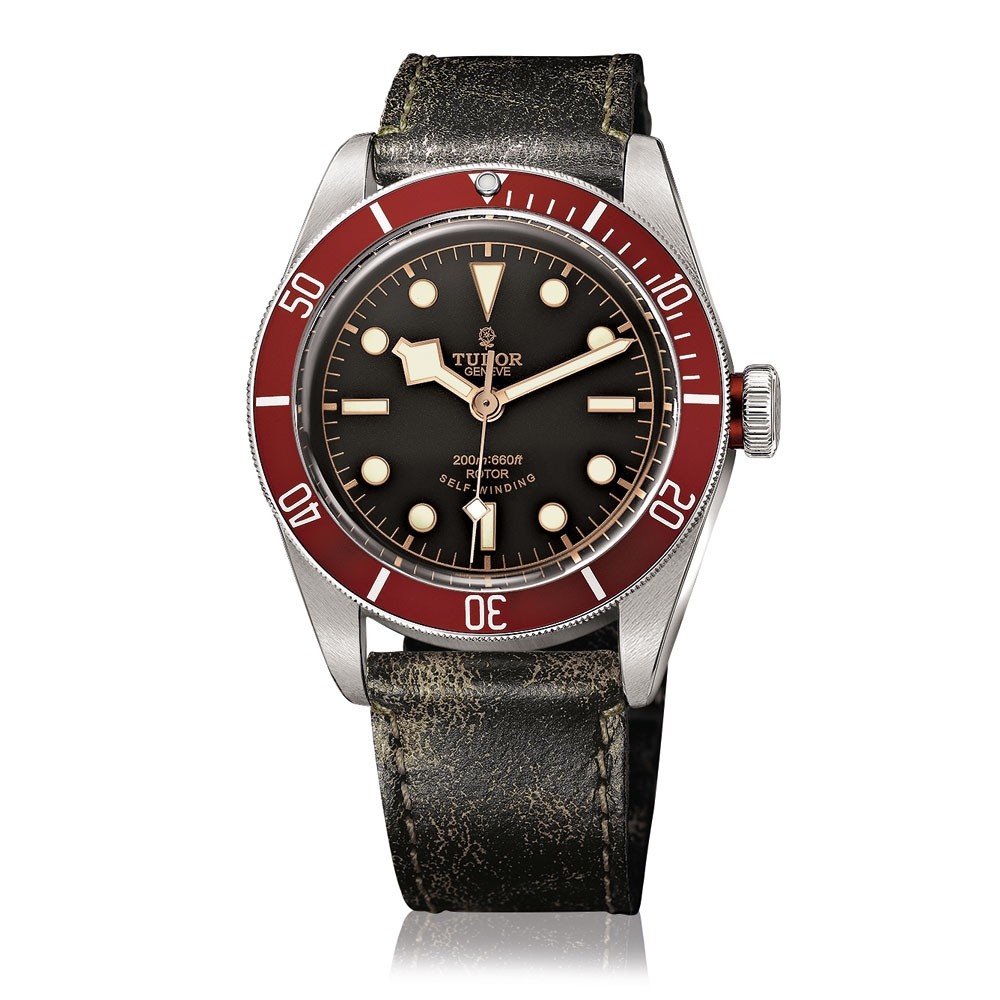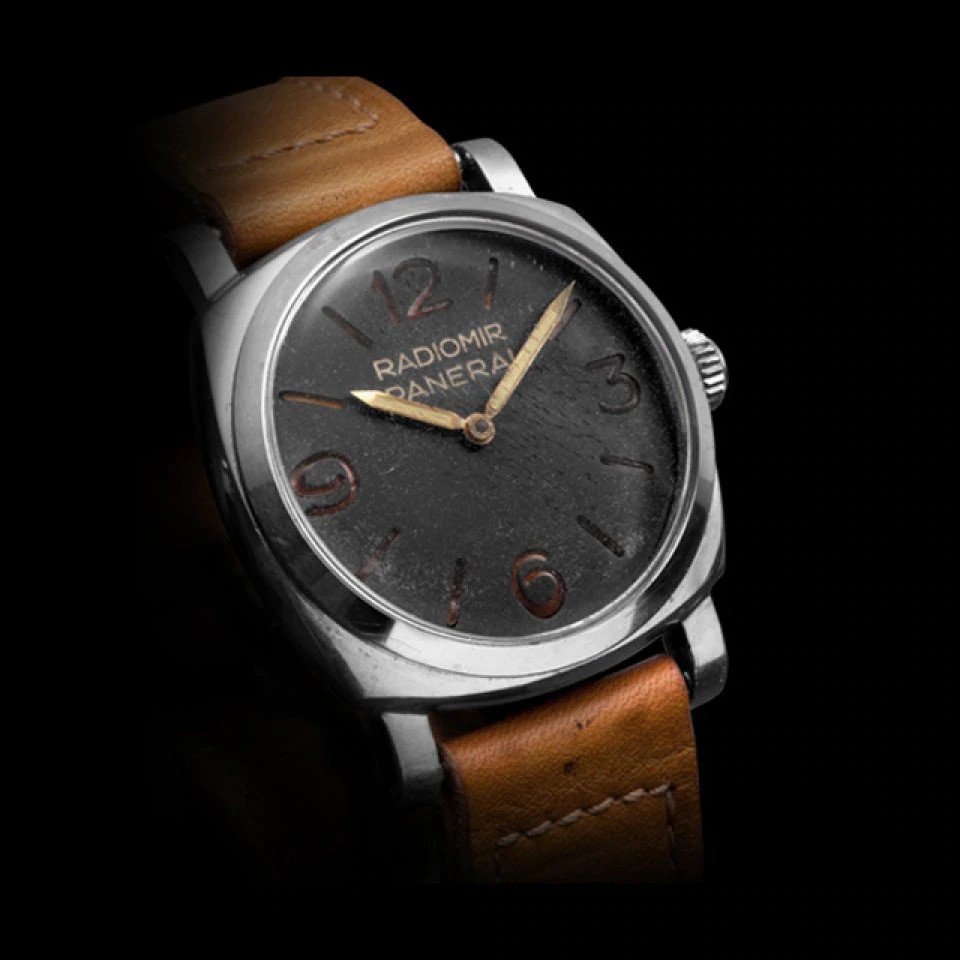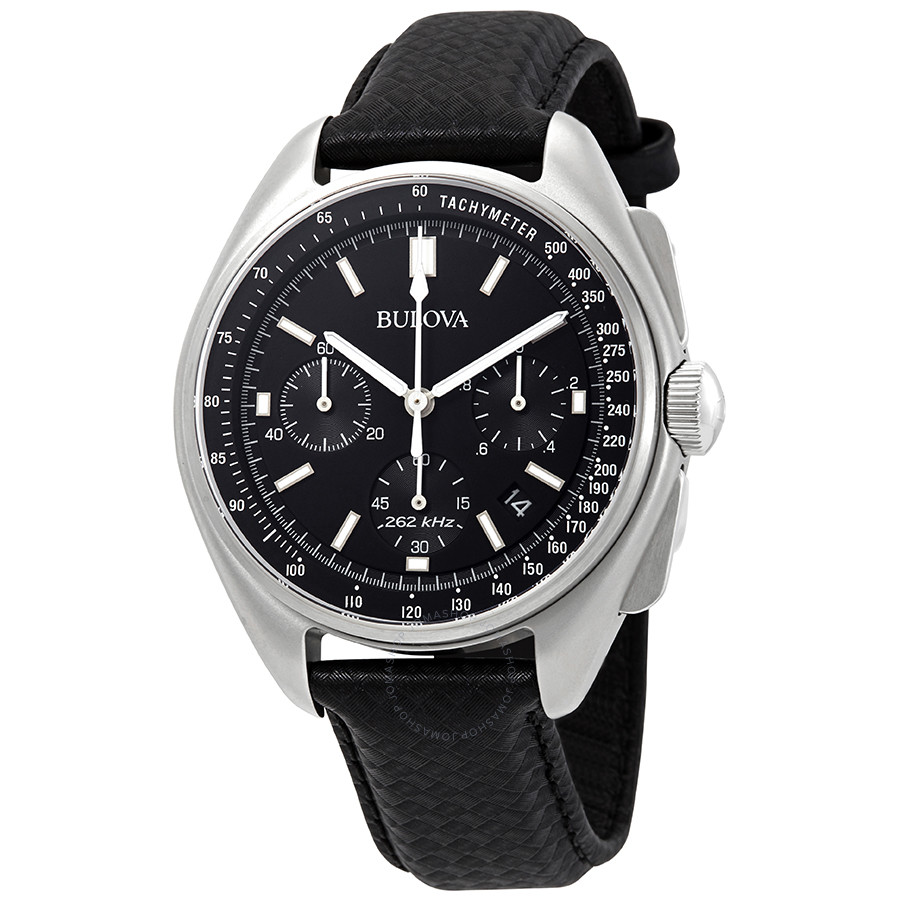The lucky wristwatch owners equipped with calendar complications as of December 31, they had a rare experience: seeing their timepieces spring in at the beginning of the new year.
Not only the day of the month and the day of the week, but also the month and the year snap together, in a mechanical symphony that brings each gear into the right position at the exact moment, after 365 days of waiting.
But how does a watch with a mechanical calendar work? And what are the differences between simple calendar, annual calendar and perpetual calendar?
Watches with full calendar

The complete calendar is the simplest calendar complication to make. The date wheel drags the day of the week with it and, every 31 days, triggers the month wheel. It is also the most affordable calendar complication. The disadvantage of this system is that whenever a month lasts less than 31 days, the calendar must be manually advanced by one or more clicks at the time of the month change.
Watches with annual calendar
Here we begin to enter the field of complications proper watchmaking. If the simple calendar is merely a "passive" addition to the ordinary time measuring mechanism, with a series of wheels calibrated to drag the click of the date, day of the week and month of the year, annual calendar let's go to a higher level.

Gli watches with annual calendar they are extraordinary objects because they have a real one mechanical memory. There are, within these timepieces, mechanisms that keep track of which month you are in, in order to trigger the end of the same on the right day.
Specifically, a watch with an annual calendar will trigger the end of April, June, September and November on the thirtieth day of the same, thus making the first of the following month appear in place of the thirty-first of the current month. As for February, the annual calendar triggers the end of the month to 28.
The perpetual calendar
As many know, our calendar was conceived by Julius Caesar and updated by Pope Gregory XIII, and, to stay aligned with the motions of the stars, it integrates a corrective, called a leap year. Every four years, a day is added in February. Watches with an annual calendar must necessarily be carried out manually on this occasion.

Il perpetual calendar it is the watchmaking complication that allows a timepiece to shoot, following the Gregorian calendar, even in leap years. To do this, it is necessary to integrate into the movement a mechanism that is triggered every four years only, with the sole purpose of displaying February 29th. The perpetual calendar, not surprisingly, it is considered one of the three great complications of watchmaking, together with the tourbillon and the minute repeater.
Beyond the perpetual calendar?
Some haute horlogerie manufacturers have wanted to go further beyond the perpetual calendar, realizing the secular calendar. This complication arises because, with the Gregorian calendar, every 100 years the leap "jumps", except in years that are multiples of 400. Therefore, in 2000, February had 29 days, while in 2100 it will have 28. Of this date jump secular, the perpetual calendar does not take into account, and will therefore have to be corrected in 2400. The perpetual calendars are therefore, in some cases, supplied with an additional component to be used in almost four centuries to avoid this inconvenience.
But there are houses that have thought of making watches with a centuries-old calendar. Franck Muller, true to its motto "Master of Complications", with the Aeternitas Mega 4, has built a wristwatch equipped with 34 complications, one of which is precisely the secular calendar, designed to shoot every four centuries and skip the leap.

What is a calendar watch for?
One might ask, in the digital age, what is the function of a clock with mechanical calendar. After all, any computer, as well as a digital quartz watch, can tell us precisely what day the date will be from February 28th to March 29st, and when to wait until XNUMXth.
The charm of the mechanical watch lies not so much in its precision as in its potential to be a bridge to the future. Nothing excludes that some of our descendants cannot look at the shot of February 29, 2400 on the same perpetual calendar watch that some of us have worn on our wrists during our lifetime. The same cannot be said for the most sophisticated electronic instruments: the production of the processors that drive them ceases, due to age, will only be a matter of time before they fail without remedy. While a mechanical watch will always be repairable by a watchmaker, because each of its components can be reproduced at any time with techniques within the reach of a small production company.



